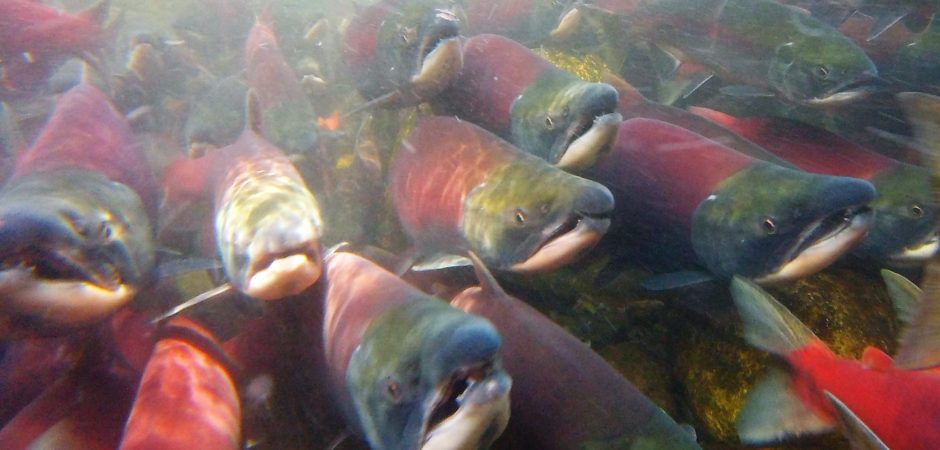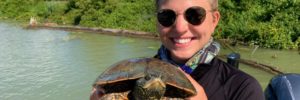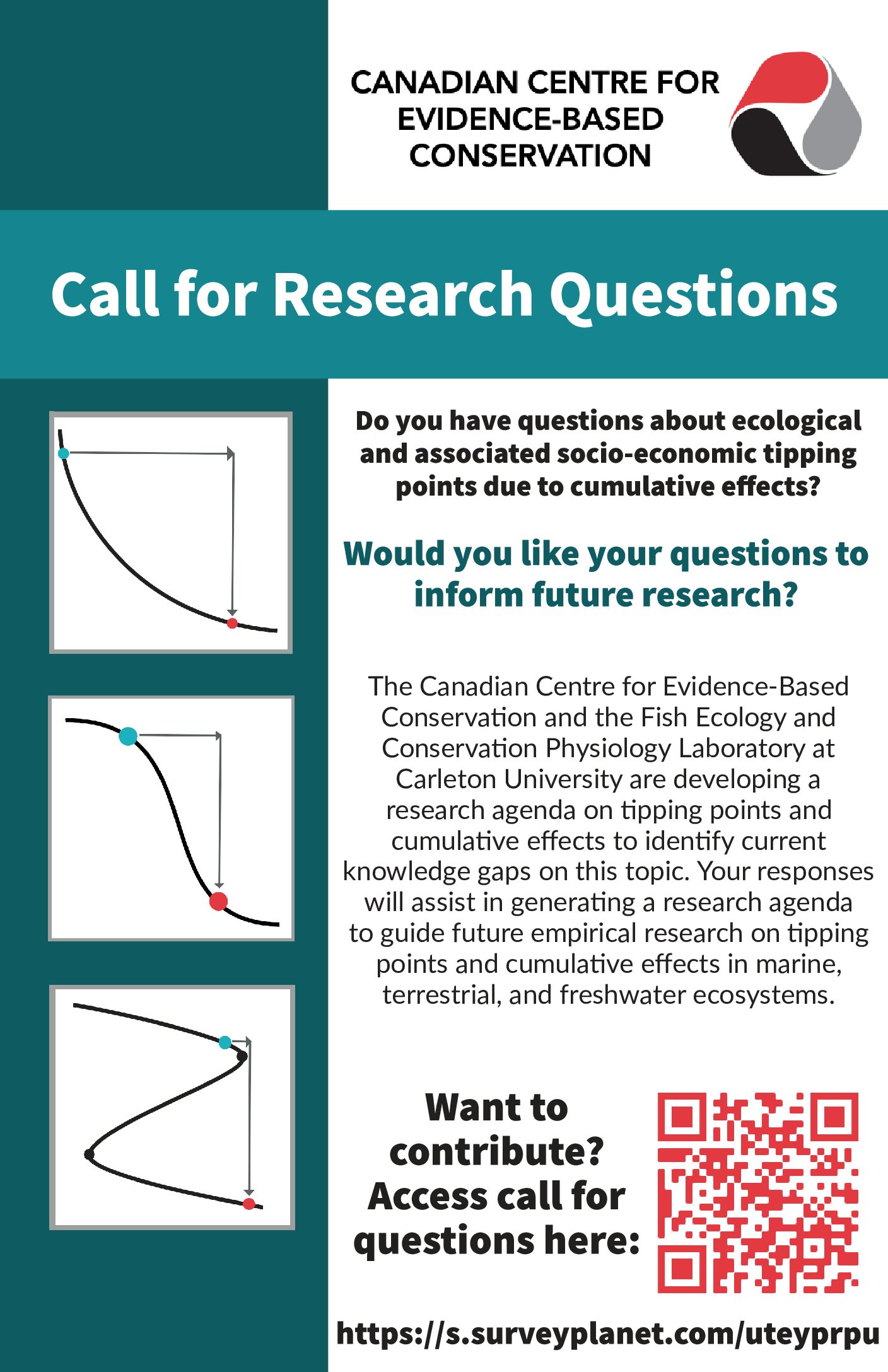Funded By
Natural Sciences and Engineering Research Council of Canada (NSERC)
Research Team
Dr. Kathryn Peiman, Dr. Robert de Bruijn, Tanya Prystay, Madison Philipp, Dr. Steven Cooke
Research Summary
Sockeye salmon (Oncorhynchus nerka) are an important commercial and recreational fish. However, warm water temperatures in the ocean and rivers, accumulation of sea lice and lamprey injuries, and delayed lethal interactions with fisheries are all contenders for decreasing run returns – and 2016 was the smallest return for the Fraser River in the last 100 years, resulting in the closure of all fisheries. Pacific salmon, such as sockeye, migrate hundreds of kilometers up rivers and then have one chance to spawn before they die. This life-history strategy means that individuals invest all their energy into one reproductive attempt. However, many individuals do not make it to the spawning grounds, and even some of the ones that do make it fail to spawn. We conducted four projects to determine which factors predicted reproductive success in individuals that arrived at the spawning grounds: 1. Metabolic rate, habitat use and temperature during ocean residency inferred from isotopes: by using new advances in micromilling technologies, we can measure stable isotopes in otoliths (fish ear bones) and reconstruct an individual’s entire life history to almost daily precision. 2. Physiological control of the stress response: by manipulating hormones involved in the release of cortisol, we measured each individual’s capacity to regulate their stress response and whether it varied by sex or timing of arrival at the spawning grounds. 3. Heart rate: we implanted heart rate loggers to measure energy consumption pre-spawning, spawning, and post-spawning, and to determine whether dominant and subordinate reproductive strategies require equivalent energy investment. 4. Injury type and severity: fish that were caught and tagged downstream had an initial injury assessment, and by measuring injury severity again upon death we could link injury score to reproduction. By measuring multiple aspects of an individual’s phenotype (several of these projects used the same individuals) we aim to better predict which individuals successfully spawn and can use this knowledge to inform conservation strategies for this economically important fish.





